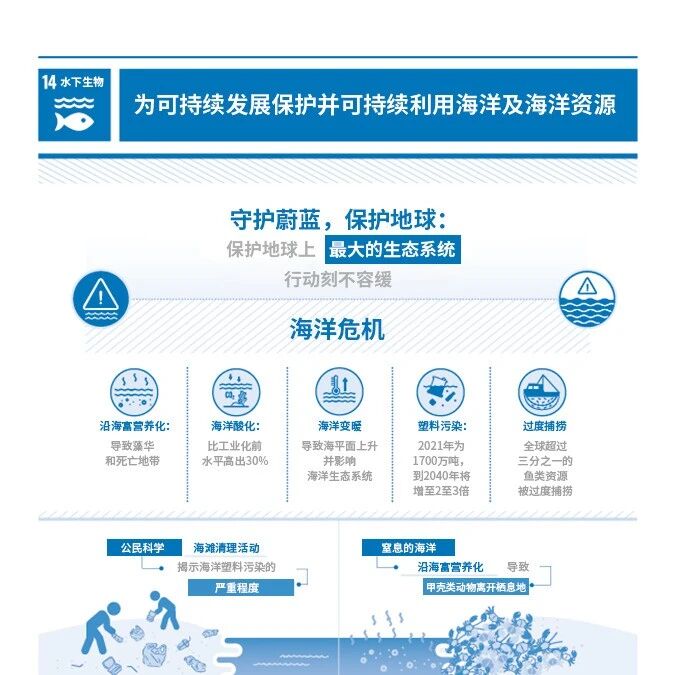

Digital services and artificial intelligence have not been affected by U.S. trade tariffs.
Image source:Reuters / Fabian Bimmer
Sean Doherty
Head of International Trade and Investment at the World Economic Forum
Executive Committee Members
The U.S. has introduced its highest tariffs in more than a century, signaling a dramatic shift in the global trade landscape.
Digital services and artificial intelligence have not been affected by U.S. trade tariffs.
Artificial intelligence is emerging as a key tool for businesses to navigate complex and ever-changing trade environments.
As the world's largest importer, the United States has implemented its policy for over a century.The highest tariffsThis sudden surge in tariffs is unprecedented.The market has also reacted strongly to this.The responses from other countries around the world—and their ripple effects—will continue to unfold for quite some time.
But one thing is certain: we’ve already entered a new era of international trade. While this turbulence will lead to the collapse of many businesses, it will also give rise to entirely new companies and business models. In this era of rapid transformation, technological innovation will become a critical force as entrepreneurs strive to gain a competitive edge.
The specific tariff terms announced in early April may not last long, but large-scale trade shifts and supply-chain realignments are already inevitable. Yet, today’s global value chains are deeply interconnected and intricately complex, making it incredibly challenging to accurately predict the outcomes—and even more difficult to craft effective strategies in response.
Artificial intelligence (AI) systems have steadily gained prominence over the past few years, precisely to tackle challenges like vast amounts of unstructured data sources, non-linear causal relationships, and ambiguous outcomes. These systems will operate at full capacity, empowering trade organizations to stay ahead of an ever-evolving landscape. This represents a pivotal test for AI in navigating unprecedented, transformative shifts—rather than merely making inferences within predefined parameters.
The most significant application of AI will be in managing trade processes, and in this area, it’s already gaining a solid foothold. The introduction of new tariffs means increased demand for data processing—and new trade compliance obligations. By moving away from the common tariff system based on "most-favored-nation" treatment (essentially disregarding differences in countries of origin), the U.S. is now forcing companies to track the origins of every component in their supply chains with greater precision.
In fact, the ability to navigate complex rules will become a source of competitive advantage—so important that it may even surpass direct productivity itself.
Many businesses have been squeezed out of markets by defensive safeguards imposed by the U.S. and other traditional, yet potentially lucrative, regions—and now they must seek out new opportunities on both the supply and demand sides. AI doesn’t just help companies tackle the challenging task of identifying promising new partners and business prospects; it also plays a critical role in making fresh trade flows economically viable.
After all, compared to tariffs, the bigger obstacles to trade flows are the costs of cross-border logistics, along with their cumbersome processes and inherent uncertainties. While large-scale trade between mature markets tends to be relatively standardized—or at least easier to manage—engaging in trade with smaller, less-developed economies often comes with administrative burdens that can be downright daunting.
In many cases, trade facilitation measures are crucial for eliminating these frictions, enabling frontier economies to better integrate into global markets. Digital tools, meanwhile, play a central role in this process.
Starting with one of AI's earliest and most impactful applications—machine translation—various tools have also gradually empowered small importers and exporters to navigate the often labyrinthine, Byzantine-like complexities of global trade.
In addition to tariffs and customs requirements, completing a trade transaction may also involve managing trade financing, metrology agencies, phytosanitary certifications, and countless other steps. Meanwhile, AI has already begun tackling and gradually streamlining the complex, non-standardized, and semi-digital tasks that traders face daily.
At least in the early stages, the U.S.'s new tariff system has not yet targeted the rapidly growing sector of digital services trade—nor has it directly addressed the international promotion of AI technology itself. However, this area remains vulnerable to becoming entangled in trade disputes, potentially through retaliatory digital service taxes, changes in intellectual property rights, or other regulatory measures.
Optimistically speaking, heightened global attention to trade could potentially enhance cooperation on cross-border AI governance—but such collaboration may also face risks in the short term.
Fair and transparent adoption of AI technologies in trade requires us to carefully examine governance issues, including data access, end-users' adaptability to AI, and its interoperability with various regulatory frameworks. When making governance decisions, it’s also essential to consider regional characteristics, while keeping in mindMinority Languages, because its training data may be relatively scarce.
Additionally, clear accountability rules must be established to manage the errors and "hallucinations" that AI may generate.
Currently, several international AI governance frameworks have been introduced, including the one launched by the Group of Seven (G7)."Comprehensive Policy Framework for the Hiroshima AI Initiative"This framework takes into account both the risks and opportunities of AI, providing guiding principles for all stakeholders within the system and establishing a code of conduct for developers.
For a dynamic trade and financial hub like the United Arab Emirates, global shifts in trade represent both disruptive challenges and promising opportunities. The country boasts abundant solar energy, perfectly suited to meet AI's soaring energy demands, while its emerging technologies in the AI space further enhance its competitive edge—and open up new avenues—for trade growth.

The above content solely represents the author's personal views.This article is translated from the World Economic Forum's Agenda blog; the Chinese version is for reference purposes only.Feel free to share this in your WeChat Moments; please leave a comment at the end of the article or on our official account if you’d like to republish.
Translated by: Sun Qian | Edited by: Wan Ruxin
The World Economic Forum is an independent and neutral platform dedicated to bringing together diverse perspectives to discuss critical global, regional, and industry-specific issues.
Follow us on Weibo, WeChat Video Channels, Douyin, and Xiaohongshu!
"World Economic Forum"


